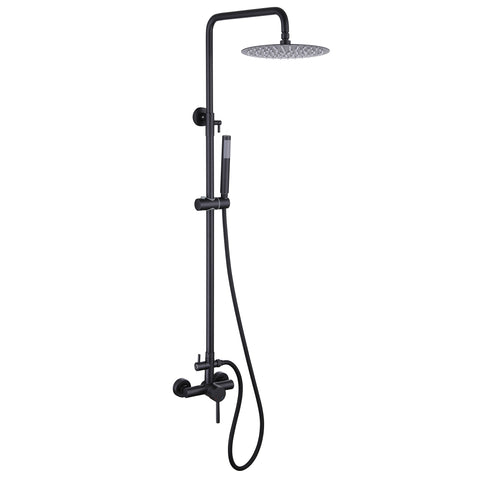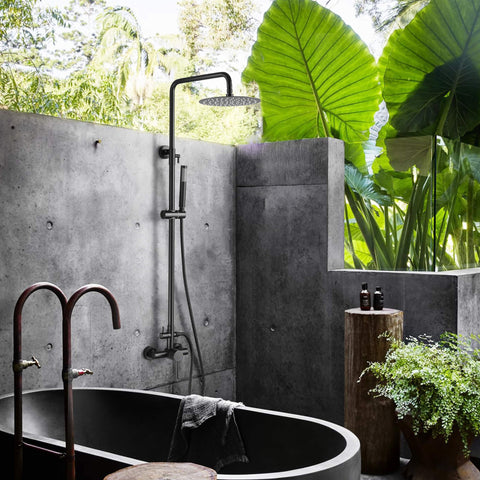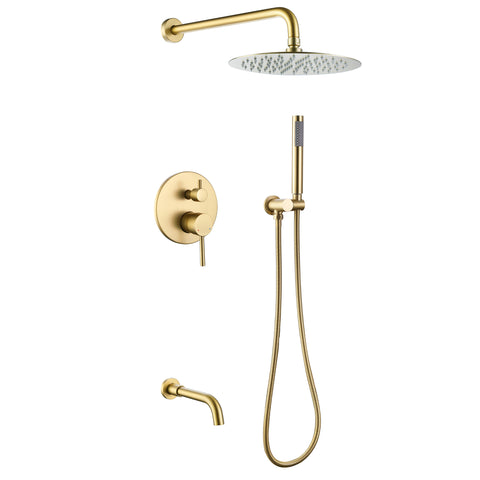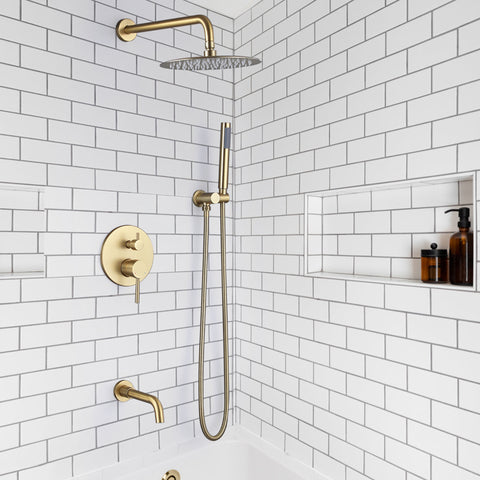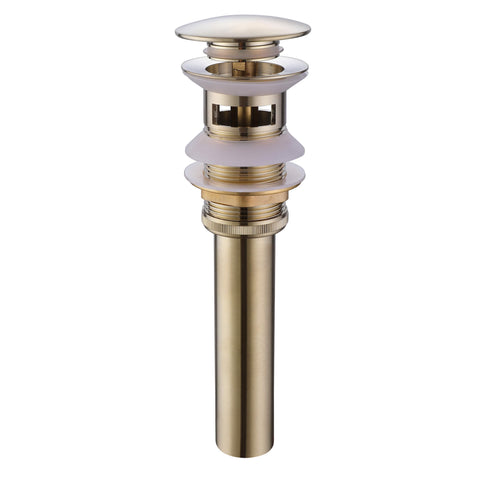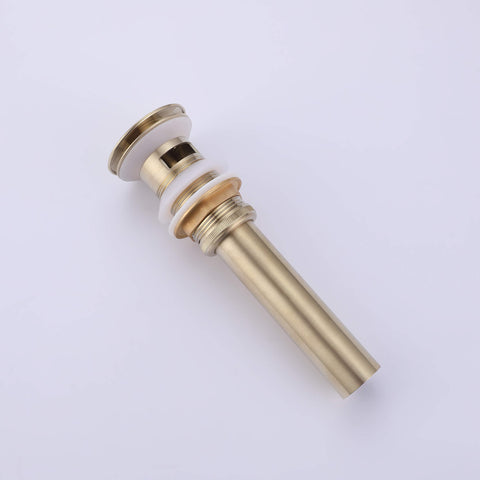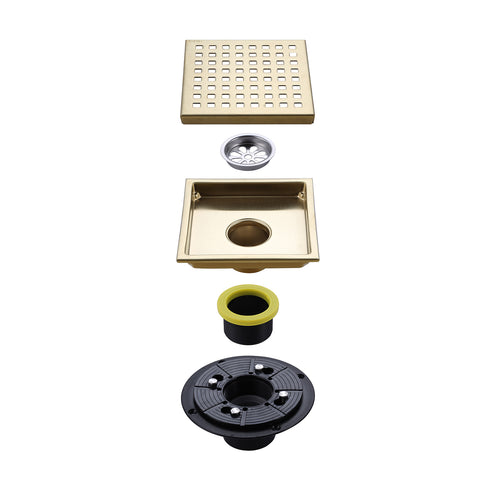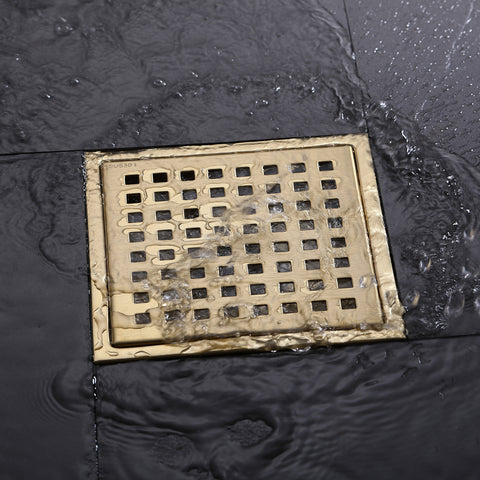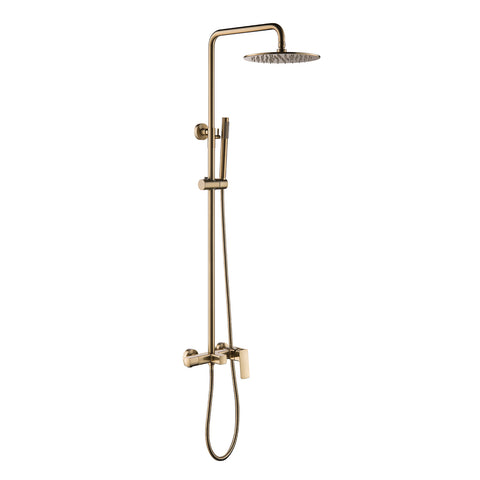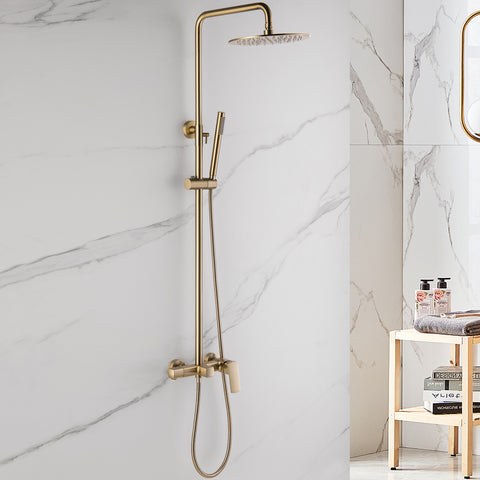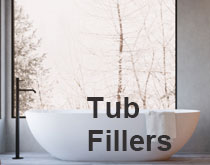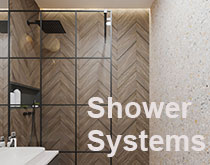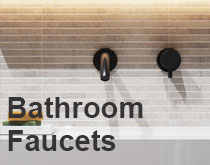Are Freestanding Bathtubs Worth It?
When it comes to designing a luxurious and modern bathroom, freestanding bathtubs are often seen as the centerpiece. Their sculptural form and spa-like appeal instantly elevate any space. But are freestanding bathtubs truly worth the investment, or are they just a trendy design choice?
In this article, we’ll explore the key benefits, potential drawbacks, and practical considerations to help you decide whether a freestanding bathtub is the right choice for your bathroom renovation.
What Is a Freestanding Bathtub?
A freestanding bathtub is a standalone tub that is not attached to any wall or built into a surround. These tubs come in various shapes—oval, rectangular, slipper, clawfoot—and are designed to be placed anywhere in the bathroom with proper plumbing access. Their versatility and visual appeal make them a favorite in both modern and traditional interiors.
Benefits of Freestanding Bathtubs
1. Design Aesthetics
Freestanding bathtubs are a statement piece. Their elegant curves and sculptural presence can transform a plain bathroom into a high-end spa-like retreat. Whether you prefer a minimalist modern look or a vintage clawfoot style, there's a freestanding tub to match.
2. Flexible Placement
Unlike built-in tubs that are constrained by wall placement, freestanding bathtubs offer more flexibility. They can be placed near windows, in the center of the room, or even under a skylight, allowing you to design your bathroom layout more creatively.
3. Easy to Install in Open Spaces
For bathrooms with adequate floor space, freestanding tubs can be easier to install since they don’t require a built-in frame or enclosure. This can reduce some labor and material costs during renovation.
4. Increased Property Value
Homes with luxurious bathrooms often have higher resale value. A freestanding bathtub adds an upscale feel that many potential buyers find attractive. It can also enhance listing photos and marketing appeal.
Potential Drawbacks to Consider
1. Space Requirements
Freestanding bathtubs generally require more space than built-in tubs. If your bathroom is small or has a tight layout, fitting one in may feel cramped or impractical.
2. Plumbing Exposure
While some freestanding tubs hide plumbing inside the base, others may have visible pipes. This may not align with all interior styles unless you invest in designer plumbing fixtures.
3. Less Storage
Built-in tubs often come with surrounding ledges for soap, shampoo, and decor. With a freestanding tub, you'll need additional solutions like a bathtub caddy or nearby shelving.
4. Water Splash and Cleaning
Because these tubs are often placed away from the wall, water can splash behind them, making cleaning a bit more difficult. You’ll want to ensure the surrounding floor is waterproof and easy to maintain.
Who Should Choose a Freestanding Bathtub?
A freestanding bathtub is ideal for:
- Homeowners seeking a luxurious bathroom centerpiece
- Those with ample bathroom space
- People who prioritize aesthetics and visual impact
- Anyone renovating a master bath with resale value in mind
If you're short on space or prefer practical features like built-in storage, a built-in tub might be more suitable.
Final Verdict: Are Freestanding Bathtubs Worth It?
Yes—freestanding bathtubs are worth it if you value design, flexibility, and luxury. They create a spa-like experience at home and elevate the overall aesthetic of your bathroom. While they may require more space and investment, the long-term value and appeal often justify the cost.
Whether you’re upgrading your home or creating a dream bathroom, a freestanding bathtub can be the perfect blend of form and function.
Ready to Choose Your Freestanding Bathtub?
Browse our curated collection of freestanding bathtubs designed for modern homes. From sleek contemporary designs to timeless clawfoot styles, you'll find the perfect tub to match your bathroom vision.
